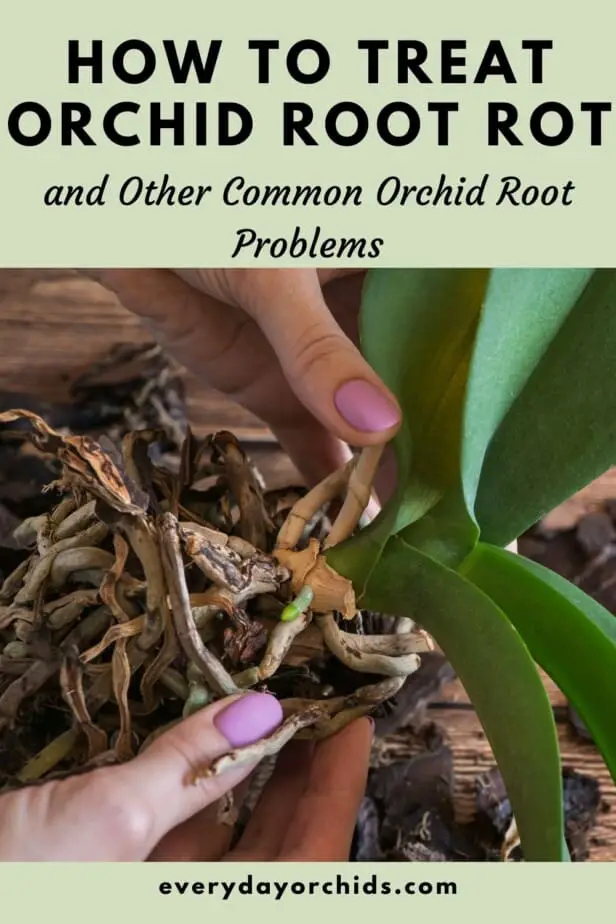Brilliant Info About How To Treat An Orchid

In addition, follow my tips to prevent stem rot from coming back in the future.
How to treat an orchid. Both available online and often at lowe’s, home depot, or your local gardening shop] The best way to treat bacterial infection is to remove the infected area using sterile instruments immediately upon finding out. To treat an orchid disease, it is best to identify the cause first and then use a fungicide or insecticide to treat the problem.
Remove the orchid from the old bark (which you can toss on your compost pile), and clip off the dead roots. There’s no need to fertilize an orchid while it’s blooming. In addition to the removal, a good bactericide should be sprayed on the affected plant as well as.
Keep the crown of your orchid just a little below the top portion of the pot. Water orchids should be hydrated with tepid water in the sink about once a week. If enough roots survived, the plant may regain its health.
These three pillars of orchid care trigger flowering and promote overall health. Water your orchid approximately every 7 days, or when it begins to dry out. In some cases, pruning or repotting the orchid may be necessary to remove the source of the disease.
To treat orchids with cinnamon, first mix one tablespoon of cinnamon powder with one gallon of water. Then, use this mixture to water the orchid. Perhaps soak your orchid for 24 hours then let it dry for 24 hours — and see if that improves things.
Put a saucer or drip tray underneath the pots to prevent excess water from spilling on your floor. To treat aphids, start by spraying them off the plants. Fusarium infections in orchids are also called “fusarium wilt.”.
Put a fresh medium layer into the pot’s bottom and position your orchid in the center. If you leave the mold to grow for too long and it spreads across the surfaces of. Fertilize your orchid with a granular or liquid orchid fertilizer once a month.
Water moderately — most orchids don’t need much watering and will only require water once a week. On may 4, from 9am to noon, his fellow expert, barbara schmidt, will be holding a. If you need to fight off white mold, use 3% hydrogen peroxide — thoroughly spritz the roots to kill off bacteria and mold.
Repot your orchid and avoid watering it. Prevent and identify, treat orchid pests and diseases all work together to help you grow healthier orchids.
Orchids affected by this microorganism may display various signs of distress, such as yellowing or wilted leaves and discolored or rotting roots. Gradually fill the pot with the medium while still holding the orchid upright. Make sure to provide your recovering orchid with a better growing environment, such as adequate airflow and humidity, to prevent future fungal.


















